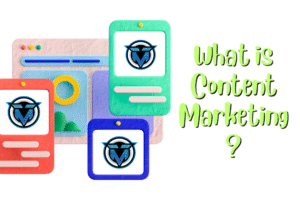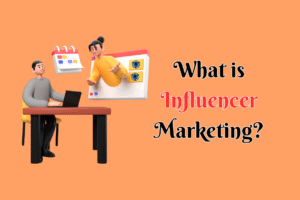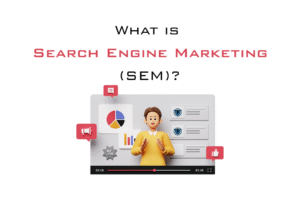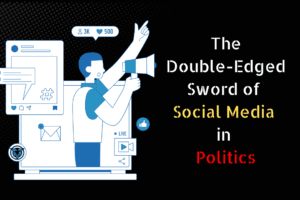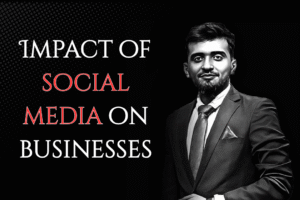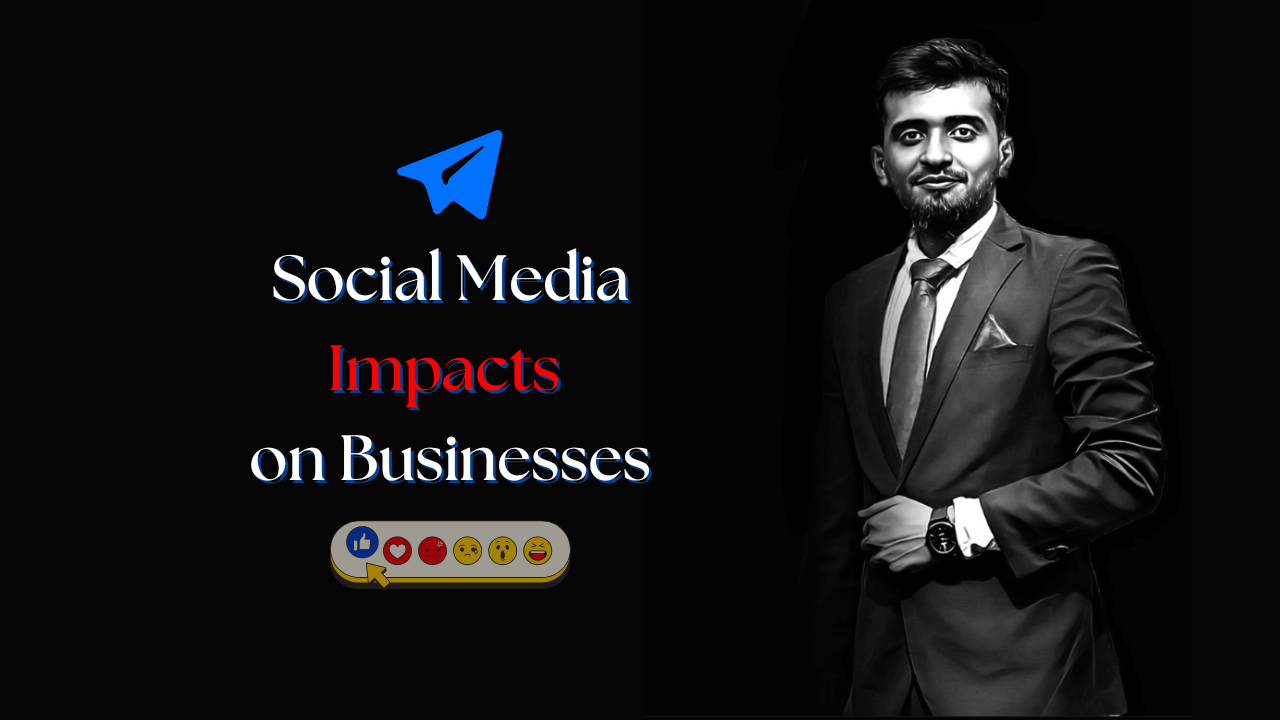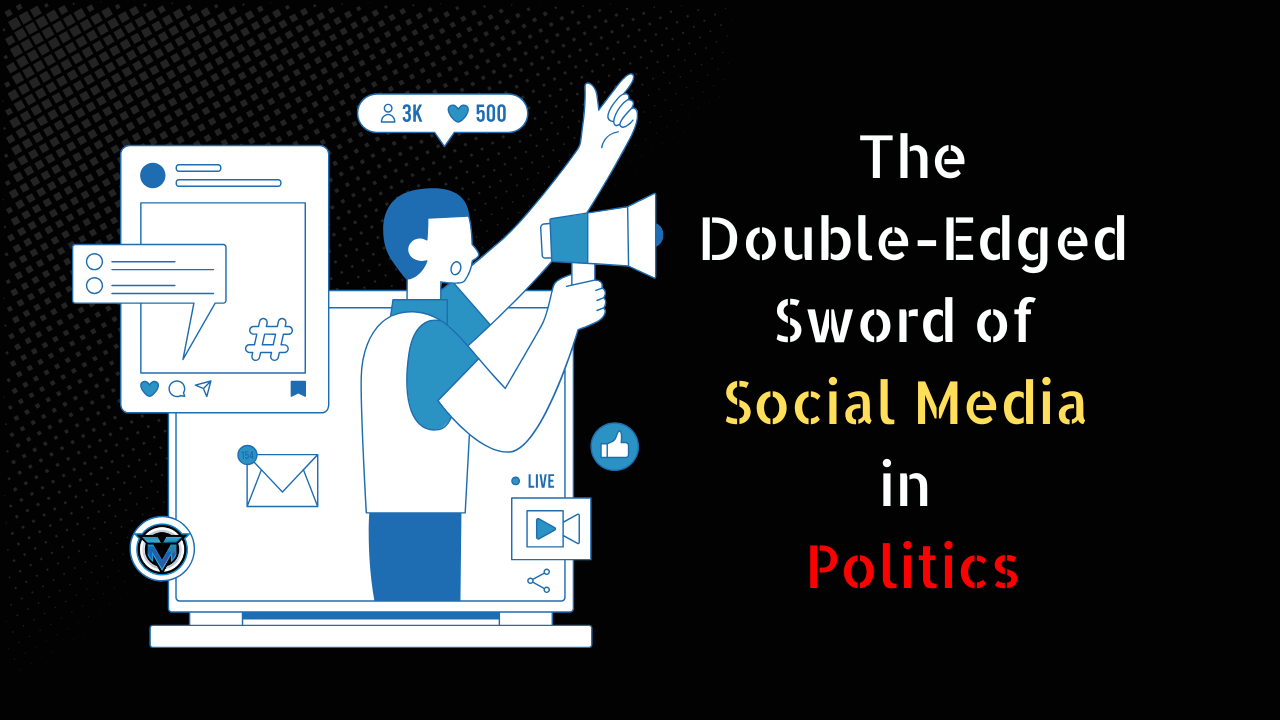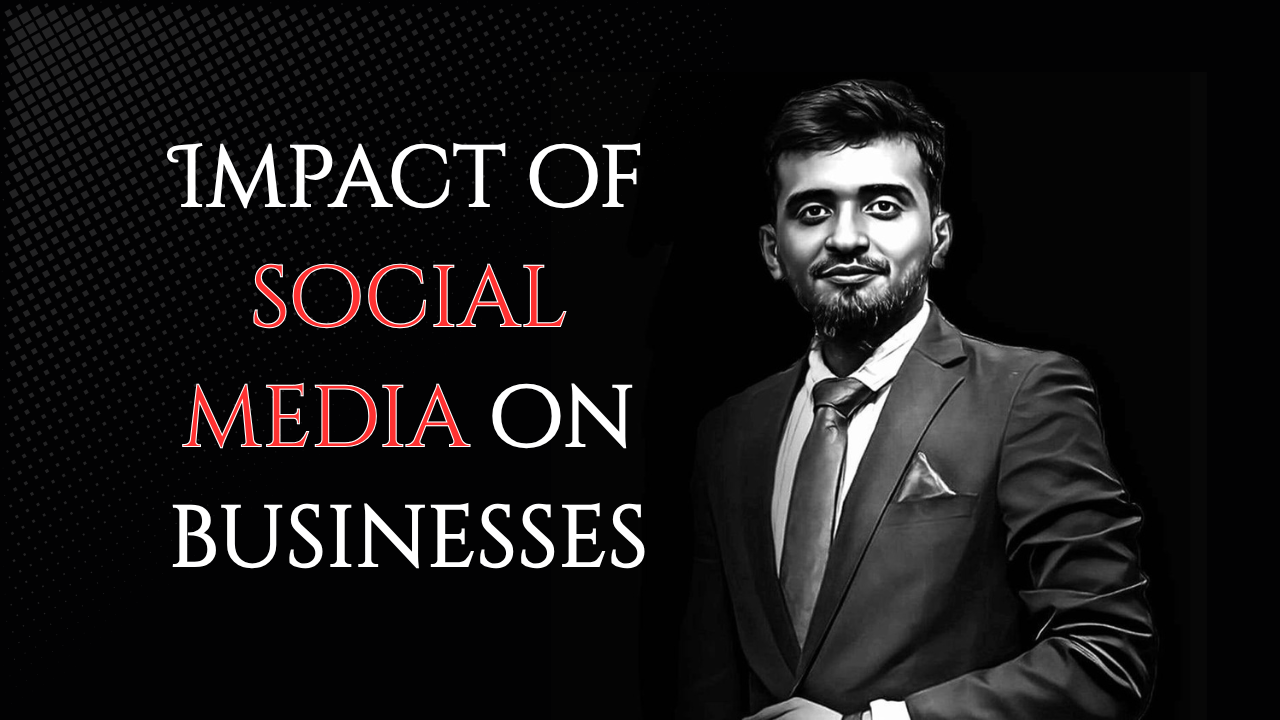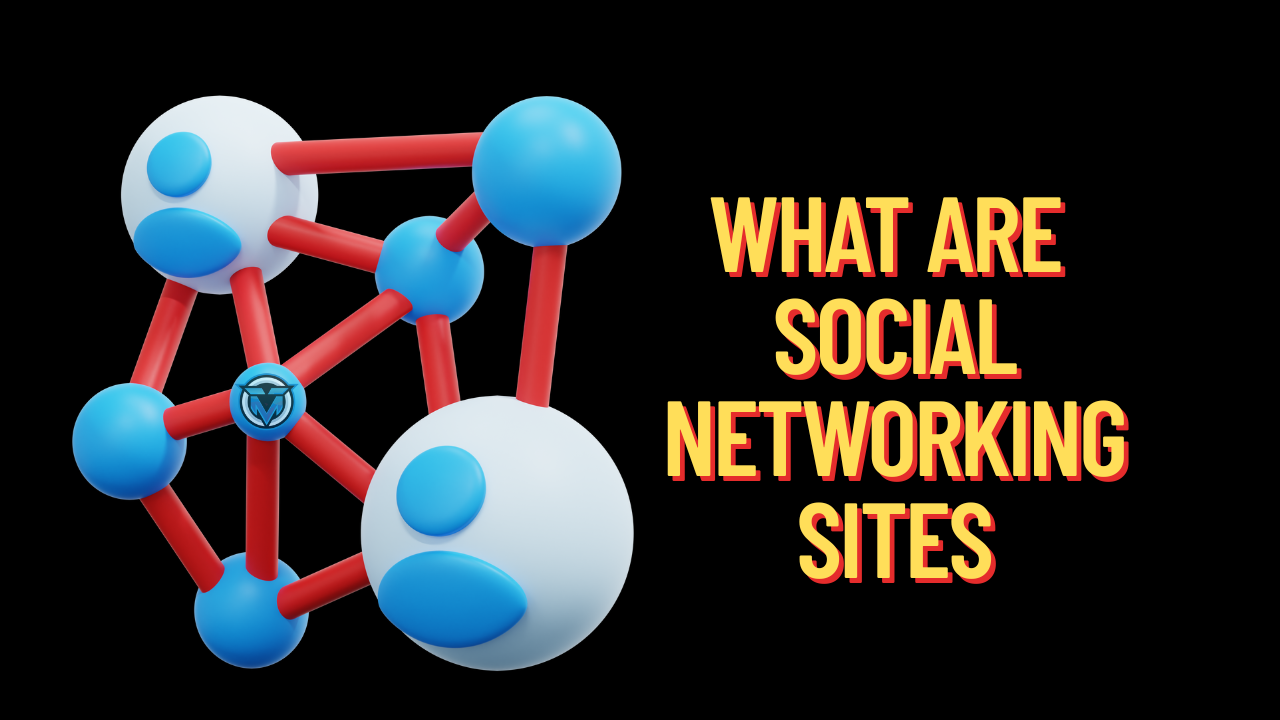In the modern business landscape, social media is no longer just a place for sharing memes, vacation photos, or keeping up with friends. It has evolved into a powerful ecosystem that influences nearly every aspect of business — from branding and customer engagement to lead generation and crisis management. Regardless of size or industry, businesses today must navigate the ever-changing dynamics of social platforms to stay competitive and relevant.
But how exactly is social media impacting businesses? Let’s explore the transformative effects — both positive and negative — that social media has on today’s commercial world.
1. The Power of Brand Visibility
Social media platforms such as Facebook, Instagram, LinkedIn, TikTok, and X (formerly Twitter) offer businesses unmatched opportunities to reach vast and diverse audiences. For startups or small enterprises with limited marketing budgets, the ability to build a brand presence organically is a game changer.
A single well-crafted post or viral video can introduce a brand to millions of potential customers within hours. Unlike traditional advertising, which often comes with high costs, social media offers a relatively low-cost channel for high visibility.
Key Benefits:
- Increased brand recognition
- Opportunity for viral marketing
- Access to global markets
Take for example companies like Gymshark or Glossier. These brands started small but used social media — particularly influencer marketing and user-generated content — to build loyal communities and drive explosive growth.
2. Customer Engagement and Relationship Building
Today’s consumers expect more than just quality products — they expect brands to communicate, interact, and even have a personality. Social media humanizes businesses by giving them a direct voice and a way to respond to customer concerns, praise, or feedback in real time.
Real-Time Engagement:
- Brands can answer queries instantly on platforms like Instagram or Twitter.
- Polls, stories, and live videos foster two-way interaction.
This direct communication creates trust and loyalty. A prompt reply to a complaint or a personalized comment on a customer’s post can turn a one-time buyer into a lifelong fan. Businesses are increasingly using platforms like WhatsApp Business and Messenger for customer support, replacing traditional email and call centers.
3. Sales and Lead Generation
Social media doesn’t just attract followers; it attracts buyers. Features like Facebook Shops, Instagram Shopping, Pinterest Pins, and TikTok Shop allow users to purchase products without leaving the platform. This seamless integration of content and commerce creates a frictionless sales experience.
Additionally, paid advertising on social platforms provides precise targeting tools, enabling businesses to reach the right audience based on demographics, interests, behaviors, and even purchasing intent.
Notable Tools for Lead Generation:
- Facebook Lead Ads
- LinkedIn Lead Forms
- Instagram Story Ads
- TikTok Spark Ads
Businesses that optimize their social media strategy for conversions can generate a significant ROI. Even B2B companies find platforms like LinkedIn invaluable for networking, lead generation, and thought leadership.
4. Customer Insights and Market Research
With billions of users actively engaging on social platforms, businesses now have access to a goldmine of customer data and behavior patterns. From tracking engagement metrics to analyzing comments and sentiment, social media provides real-time insights into what customers like, want, and expect.
Platforms like Facebook Insights, Instagram Analytics, and LinkedIn Analytics help businesses:
- Understand audience demographics
- Monitor engagement trends
- Identify top-performing content
- Detect changes in customer preferences
Listening tools like Brandwatch or Sprout Social even allow businesses to monitor conversations about their brand across various platforms — a valuable resource for product development, service improvement, and trend spotting.
5. Influencer Marketing and Word-of-Mouth
In the age of skepticism toward traditional ads, people are more likely to trust recommendations from individuals they follow and admire online. Influencer marketing has emerged as a major social media trend, and it’s showing no signs of slowing down.
Micro-influencers (with 10,000–100,000 followers) especially have high engagement rates and often generate better results for niche products or services.
Benefits of Influencer Partnerships:
- Authentic promotion
- Increased trust and credibility
- Targeted reach
Whether through sponsored posts, unboxing videos, or testimonials, influencers can amplify a brand’s message far beyond what organic posts alone might achieve.
6. Brand Reputation Management
A single tweet or viral TikTok video can skyrocket a brand’s popularity — or cause a PR crisis. Social media has made brand reputation incredibly fragile, where both mistakes and victories are amplified.
Examples of Reputational Risk:
- Tone-deaf marketing campaigns
- Poor customer service responses
- Ethical or political missteps
However, brands that manage these situations with transparency, humility, and swift responses often emerge stronger. Social media allows brands to publicly acknowledge issues, share apologies, or explain their side of a story instantly.
7. Talent Acquisition and Employer Branding
Social media isn’t just for attracting customers — it’s also key for attracting top talent. Platforms like LinkedIn have transformed recruitment, allowing companies to find candidates, promote job openings, and showcase company culture.
Employer branding on social media gives prospective employees a glimpse into what it’s like to work at the company. Sharing behind-the-scenes content, employee stories, and community initiatives builds trust and attracts candidates who align with the organization’s values.
8. Innovation and Trend Adaptation
Social media is a fast-paced environment. Trends can rise and fade in a matter of days. While this might seem chaotic, it presents opportunities for brands to innovate and stay relevant.
From viral TikTok challenges to meme marketing and real-time event engagement (newsjacking), businesses that are agile and creative can ride the wave of cultural trends to enhance visibility.
However, jumping on trends requires caution and relevance. Forced or inauthentic content can backfire, leading to backlash or ridicule.
9. Cost-Effective Marketing Channel
Compared to traditional media like TV, radio, or print, social media marketing offers greater flexibility and better return on investment. Businesses can start with minimal budgets and scale their efforts as they grow.
Moreover, social media allows for A/B testing, campaign optimization, and detailed tracking — making it one of the most efficient ways to fine-tune marketing strategy.
Even organic growth, though slower, can be achieved through consistency, creativity, and community engagement — especially when platforms reward quality content with algorithmic boosts.
10. Challenges and Considerations
While social media offers immense opportunities, it’s not without its challenges:
- Algorithm Dependency: Platforms often change how content is prioritized, affecting visibility.
- Time-Consuming: Consistent posting, engagement, and monitoring require significant time and resources.
- Mental Health and Burnout: Social media teams often deal with pressure, negativity, and content fatigue.
- Security Risks: Account hacking or misuse of brand handles can lead to major reputational damage.
A thoughtful, well-resourced social media strategy is essential to navigate these complexities.
Social media has fundamentally changed the way businesses operate, market, and engage with the world. It has blurred the line between customer and brand, turning passive audiences into active participants. With the right approach, it can propel growth, deepen customer relationships, and foster innovation.
But like any tool, the value of social media lies in how it’s used. Businesses must be strategic, authentic, and adaptable. By staying connected, listening to their audience, and embracing the evolving digital landscape, companies can not only survive — but thrive — in the era of social media.





